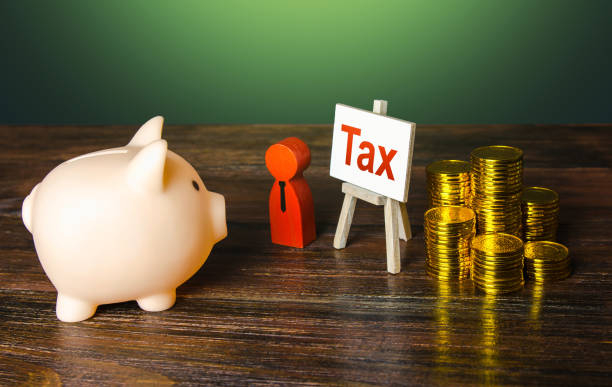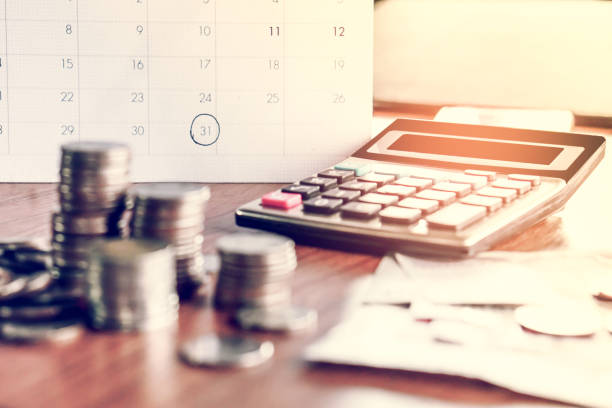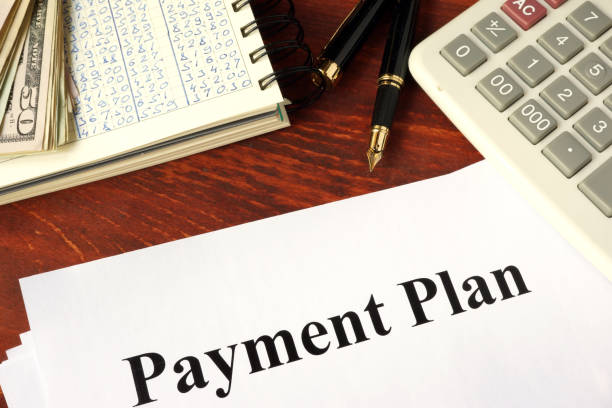Your IVA Checklist: Everything You Need to Prepare
If you’re considering applying for an Individual Voluntary Arrangement (IVA) in the UK, preparation is key to ensuring a smooth and successful application process. An IVA is a formal debt solution that allows you to repay a portion of your debts over time while protecting you from creditor action. However, the process requires detailed financial information and documentation to determine your eligibility and to create a realistic repayment plan.
This guide will walk you through everything you need to prepare before applying for an IVA, helping you feel confident and well-organised.
What Is an IVA and Why Does Preparation Matter?
An IVA is a legally binding agreement between you and your creditors, overseen by a licensed insolvency practitioner (IP). It typically lasts five to six years and helps individuals who are struggling with unsecured debts, such as credit cards, loans, and overdrafts.
Preparation matters because your insolvency practitioner will need a comprehensive overview of your financial situation to negotiate with creditors and draft a repayment plan that’s both realistic for you and acceptable to them. Missing or inaccurate information can delay the process or even jeopardise your application.
Your IVA Preparation Checklist
- Understand Your Financial Situation
Before applying for an IVA, it’s crucial to have a clear understanding of your financial position. This includes:
- Total amount of debt.
- Types of creditors (credit cards, loans, utility bills, etc.).
- Monthly income and expenses.
A full overview helps you determine whether an IVA is the right solution for you or if alternative debt solutions, such as a debt management plan or bankruptcy, might be more suitable.
- Gather Essential Documents
Your insolvency practitioner will request several documents to assess your financial circumstances accurately. Here’s what you need to provide:
- Identification
- Valid photo ID (passport, driving licence).
- Proof of address (utility bill or bank statement dated within the last three months).
- Proof of Income
- Recent payslips (at least three months).
- Employment contract (if applicable).
- Tax returns and accounts (if self-employed).
- Benefits entitlement letters (e.g., Universal Credit, Child Benefit).
- Bank Statements
- At least three months of bank statements for all active accounts.
- Debt Information
- Copies of credit agreements or loan documents.
- Recent credit card and loan statements.
- Details of any arrears (e.g., utility bills, rent, or council tax).
- Household Expenses
- Utility bills (gas, electricity, water).
- Rent or mortgage statements.
- Council tax bills.
- Insurance policies (home, car, life, etc.).
- Childcare or school costs.
- Create a Detailed Budget
A crucial part of preparing for an IVA is creating a detailed monthly budget that outlines your income and essential expenses. This budget will help your insolvency practitioner determine how much you can reasonably afford to pay toward your debts.
Income: Include all sources, such as wages, benefits, or pension payments.
Essential Expenses: These include rent/mortgage, utilities, groceries, transportation, insurance, and any other unavoidable costs.
Disposable Income: This is what’s left after covering essentials and will form the basis of your IVA payment.
- Check Your Credit Report
Obtain a copy of your credit report to ensure you have a complete list of your debts. You can get your credit report for free from providers like:
Review the report carefully to identify any errors or omissions. Your insolvency practitioner will use this information to ensure all creditors are included in the IVA proposal.
- Inform Your Partner or Household Members
While an IVA is an individual arrangement, it can impact your household finances. If you share bills or expenses with a partner or family member, it’s essential to discuss your plans and involve them in the budgeting process. Their financial contributions might need to be factored into your IVA application.
- Assess Your Assets
Your assets, such as property, vehicles, or savings, may need to be considered during the IVA process. Prepare details about:
- Property ownership (valuation, mortgage details, equity).
- Vehicle ownership (value, outstanding finance).
- Savings or investments.
Your insolvency practitioner will determine whether any assets need to be included in the IVA or if they’re exempt (e.g., a modestly valued car needed for work).
- Understand Your Debts
Not all debts can be included in an IVA. It’s important to categorise your debts:
Debts Included in an IVA
- Credit cards.
- Unsecured loans.
- Overdrafts.
- Utility arrears.
- Store cards.
Debts Not Included in an IVA
- Secured loans (e.g., mortgages).
- Hire purchase agreements.
- Student loans.
- Court fines.
- Child maintenance payments.
Your insolvency practitioner will help you determine which debts can be included.
- Plan for Future Changes
An IVA is a long-term commitment, and it’s vital to consider potential changes in your circumstances, such as:
- Employment changes.
- Family or household changes.
- Unexpected expenses (e.g., car repairs, medical bills).
Discussing these possibilities with your insolvency practitioner can help ensure your IVA is flexible enough to accommodate life’s uncertainties.
- Choose a Reliable Insolvency Practitioner
Selecting the right insolvency practitioner is critical to your IVA’s success. Look for a practitioner who is:
- Licensed and experienced.
- Transparent about fees.
- Supportive and responsive to your needs.
Our private company specialises in IVA applications, providing expert guidance and personalised support to help UK citizens achieve financial freedom.
- Prepare for the Meeting of Creditors
Once your insolvency practitioner submits your IVA proposal, your creditors will vote on whether to accept it. For your IVA to be approved, creditors representing at least 75% of your debt value must agree.
To improve your chances of approval:
- Ensure your proposal is realistic and well-supported by documentation.
- Be prepared to answer questions or provide additional information if requested.
What to Expect After Submitting Your IVA Application
After you’ve submitted your application and supporting documents, your insolvency practitioner will handle most of the process, including negotiating with creditors and managing communications.
If your IVA is approved, you’ll begin making monthly payments as agreed in the proposal. Your practitioner will distribute these payments to creditors and monitor your progress throughout the arrangement.
Frequently Asked Questions (FAQs)
- How long does it take to set up an IVA?
The process usually takes 4–6 weeks from your initial consultation to the approval of your IVA. - What happens if I forget to include a debt?
If you forget to include a debt, inform your insolvency practitioner immediately. They may be able to include it before the IVA is finalised. - Can I change my IVA payments if my circumstances change?
Yes, your IVA can be adjusted if your circumstances change significantly, but you’ll need to discuss this with your insolvency practitioner.
Conclusion
Preparing for an IVA is an important step toward regaining control of your finances. By following this comprehensive checklist, you’ll ensure you’re well-prepared to start the process and give yourself the best chance of success.
If you’re ready to apply for an IVA, our private company is here to help. We specialise in guiding UK citizens through the application process with expert advice and tailored support. Contact us today for a free consultation and take the first step toward financial freedom.
Check if you qualify for IVA




